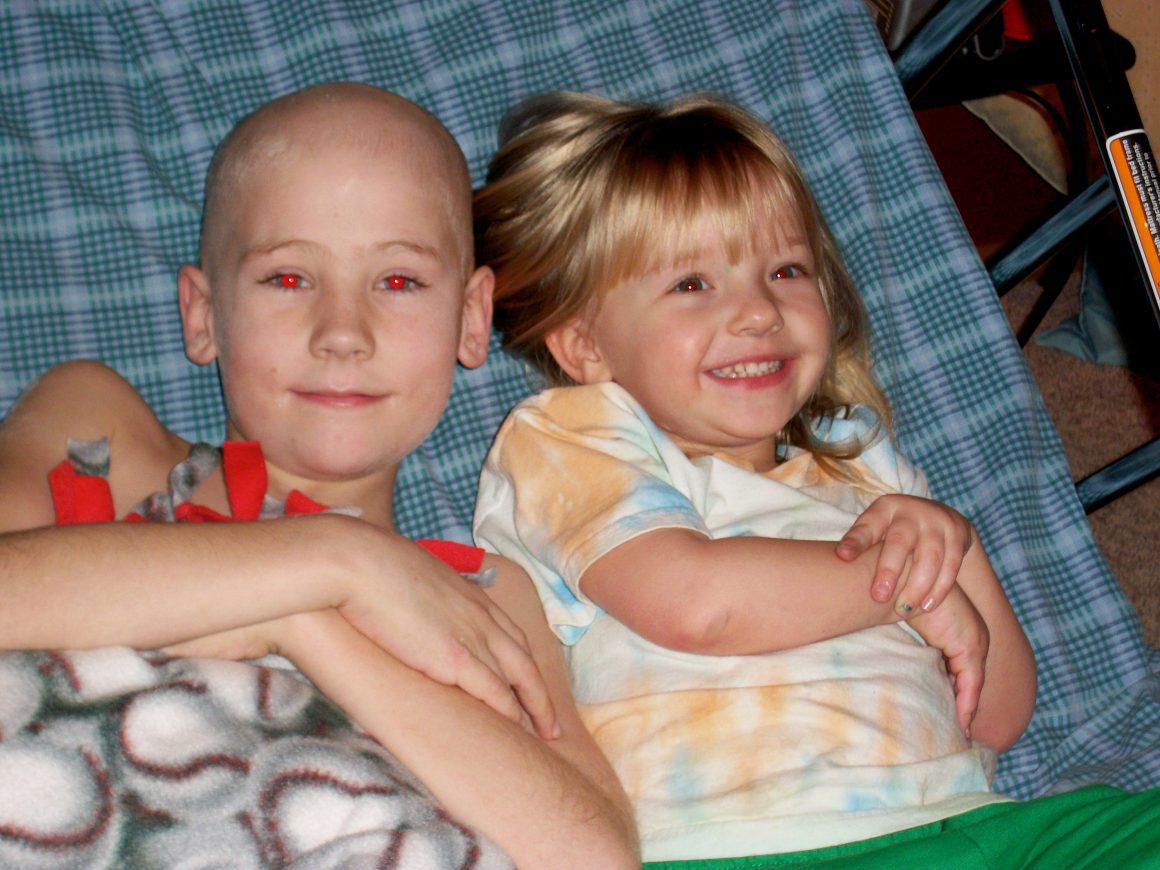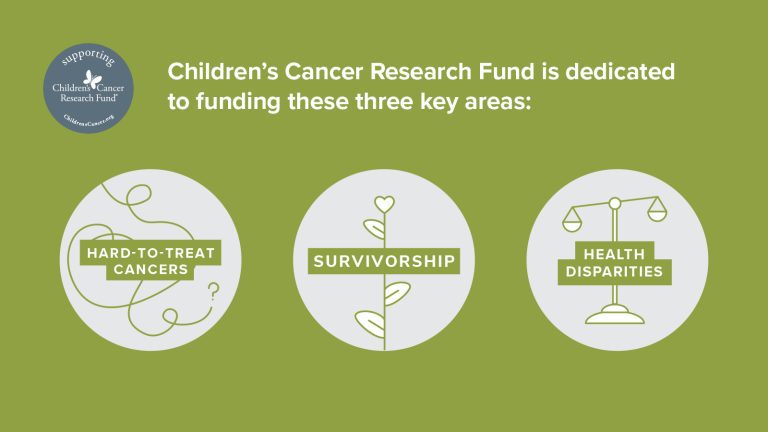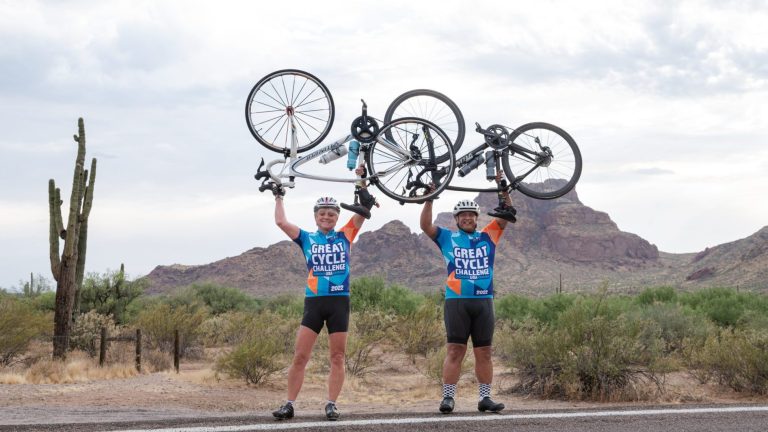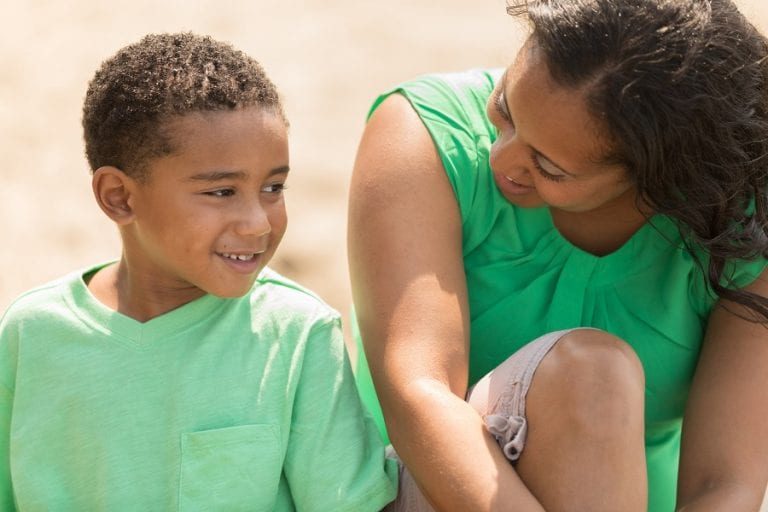Luke, a physical therapy student at the University of Minnesota, can tell when someone notices something is different about his leg. He says he can almost see the words on the tip of a person’s tongue.
“I don’t mind it, I’m happy when people just ask,” he says. An amputee since he was 9 years old, Luke says he has the short version of his explanation down. “I just tell them, ‘I had cancer when I was younger, I had an amputation, and now I have a prosthetic leg.’ I’m very open to the question. I think that’s the best way to help educate people.”
An Injury that Didn’t Make Sense
Before cancer, Luke had always been an active kid, used to holding his own while roughhousing with his older brothers. But one wrestling match when he was 8 ended suddenly when his brother threw him off the couch, and they both heard a crack.
“I remember hearing the crack of my leg breaking,” Luke said. “I remember very clearly thinking okay, this really hurts, but I’m going to try to move it and see what happens.” When he tried, a wave of nausea hit him as he watched part of his leg move, and part of it stayed sickeningly still. Luke’s brother called his mom at work, who raced home and took Luke to the emergency room. The x-ray showed he’d broken his femur, the longest, strongest bone in the body.
“To this day, it’s still one of the most painful experiences I’ve ever had,” he said.
Doctors used metal pins connected to a metal frame on the outside of Luke’s leg to realign the bone, but their concern ran deeper - they were alarmed that Luke had broken the strongest bone in his body from a minor fall. The scan also revealed something else - a cyst.
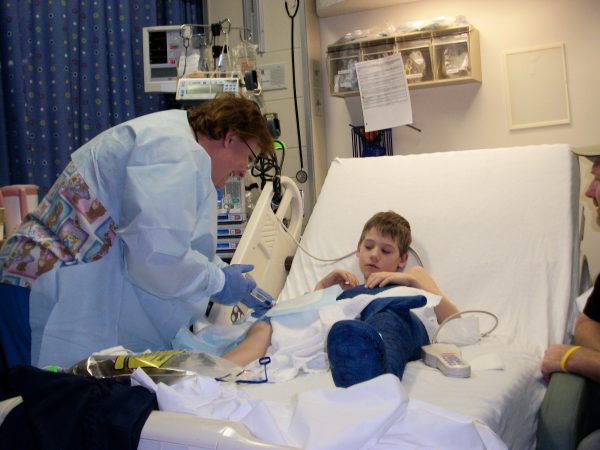
Three months later, Luke’s bone wasn’t healing as well as they’d expected, so they did a biopsy of the cyst. The news was shocking. Doctors found osteosarcoma, a rare and often deadly bone cancer, in Luke’s femur. The cancer had weakened the bone enough that it was only a matter of time before it would break - if it hadn’t been from wrestling with his brother, it would have been something else.
Choosing Amputation
Luke says he doesn’t remember having a strong reaction to learning he had cancer - it just didn’t register with him because he was so young.
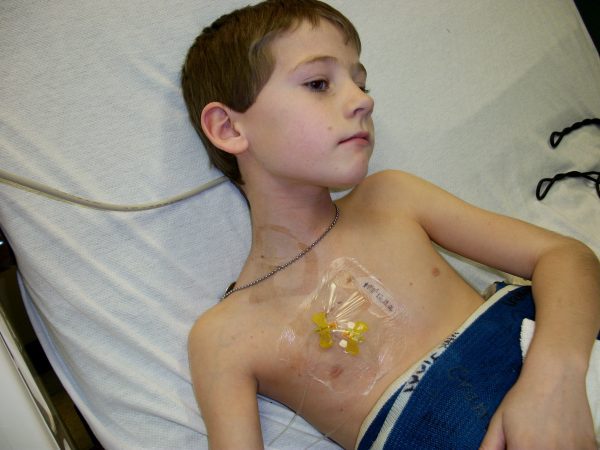
“My parents pulled me aside at home and told me the news before they told my siblings,” Luke said. “I didn’t understand at the time how big of a deal it was. I associated cancer with older people. But when they told my siblings after, I could hear them crying. That’s when I knew something was seriously wrong.”
Luke’s treatment started with the last thing an athletic 8-year-old boy wants - a body cast from the waist down. He also underwent chemotherapy, meaning he had to spend weeks-long stretches of time in the hospital. During his treatment, Luke’s doctors told him that in order for him to have the best chance at survival, he had two options: remove the affected bone and replace it with a metal rod, which carried a high risk of his cancer returning, or amputate part of his leg.
“They advised us towards amputation, but my parents ultimately left the decision up to me,” Luke said. He chose amputation, specifically rotationplasty: doctors removed the affected portion of his leg and rotated the remaining portion of his lower leg 180 degrees. Luke’s ankle joint could become his new “knee,” and he’d learn to use a prosthetic.
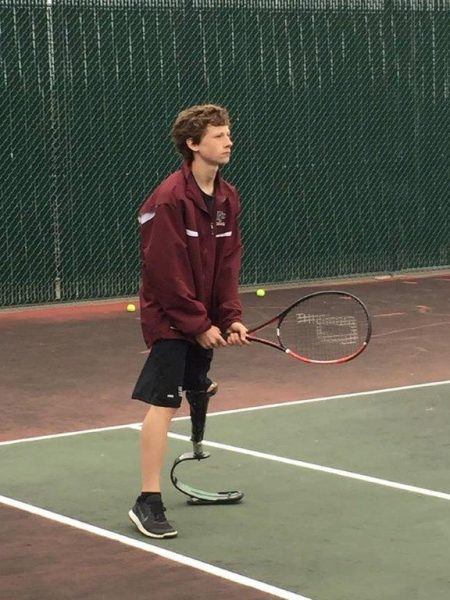
“I remember thinking it wasn’t going to be a big deal, strangely,” he said. “I figured I’d have the amputation and they’d get me a prosthetic leg, and I’d be good to go. But getting used to the prosthesis was hard. I didn’t know how to use it, it didn’t fit very well, and the whole process was uncomfortable. I was still receiving chemotherapy, so I was very weak anyway.”
Recovering from this major surgery was incredibly difficult - Luke spent much of third and fourth grade using a wheelchair or walker until he could finally stand and walk on his own. And just as he’d regained his strength and built confidence on his new prosthesis, his cancer returned - this time, on his lung. He had surgery to remove the tumor, only for another to pop up two years later. This time, Luke underwent three months of chemotherapy and another surgery, which successfully rid him of the cancer. Today, Luke has been cancer-free for 10 years.
“I haven’t had to do scans for about five years, but every time I went back in I thought, ‘Okay, if something shows up on this one, everything changes again,’” Luke said. “That thought is always there, in the back of my mind.”
From Patient to Provider
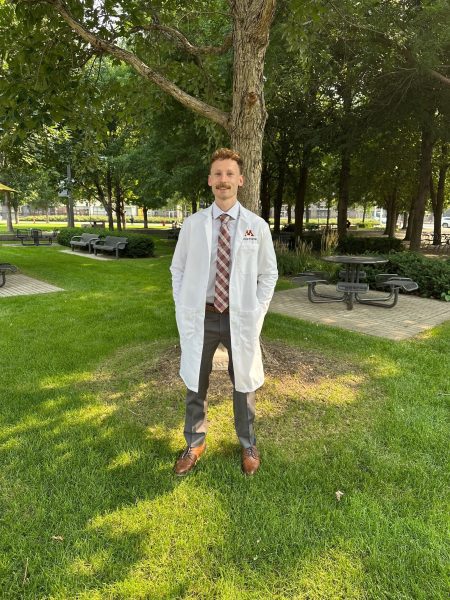
Luke’s mindset during cancer, as well as the cancer experience itself and life as an amputee, have shaped his career path. He’s received his white coat and is preparing to graduate from the University of Minnesota’s physical therapy program next May. He volunteers with the Protez Foundation, which provides care and prosthetics for Ukrainians who have lost limbs as a result of war.
“I’m mostly helping with physical therapy before they go back to Ukraine, but sometimes I’ll see a patient notice my prosthetic, and that creates a connection between us,” Luke said. “They can see that I know what this is like. And they’ll watch me walk, and it helps them see, ‘Okay, that’s where I can get to.’”
Striving for “Normal”
There’s one thing Luke wants people to keep in mind if they know a child with cancer - treat them normally. He says he’ll always be grateful for the friends who came over to play video games, because he could fully participate. He said it made his mom happy to hear them yelling at the TV, because it felt normal.
“As a kid with cancer, every single person around you starts to treat you differently,” he said. “Adults, especially, would be very gentle with me. I always appreciated the support, but at some point, you just want to be normal. I’d say if you can find a way to give that to a kid going through this, that’s the best way to help.”

